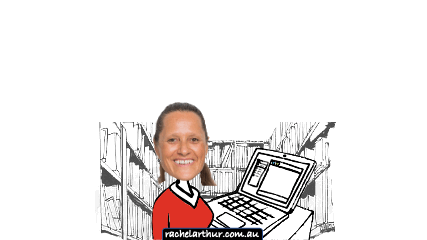I stand on the shoulders of my elders. [I hope it’s not too painful for them, it’s been going on a long time now!!] And I regularly lean on my mentors – who are often my peers, practitioners specialising in areas different from mine. I recite their names often like a little mantra in our mentoring sessions: Kate Worsfold, Dawn Whitten, Tini Gruner, Michael Hayter, Jason Hawrelak and a few others that are on high rotation like ‘Rhiannon-repro’ Hardingham and I feel this is important to reaffirm that learning is lifelong for us all and to make clear the passing on and around of knowledge in our profession. There’s been a long history of honouring our history, so to speak, in naturopathy.
My training definitely acknowledged, paid homage to & revered elders past and present & while I’ve never been one to participate in the making of herbal preps by a full moon, at solstice, in a field somewhere, in the company of said herbal elders (you know who you are!!)…
I do try to continue & foster this important collegiate quality of our professional community by reciting the names of the saints source of clinical pearls I have been given so generously by others.
Lately, I’ve been wondering if we’re losing this tradition. I’m hearing practitioners present concepts as ‘theirs’, ‘develop’ & distribute teaching tools ‘adapted’ from others work, parrot identical ‘catch-cries’ even, with no mention of the origin, the source – even the inspiration. Now perhaps I am showing my age, reflecting a very different time in naturopathic training when we were so fortunate to be taught by some of these amazing (solstice honouring, field dwelling, herbal making) elders, but even by today’s standards and the dominant EBM model, surely every emerging clinician understands the need to cite their sources?
The green tea & lactulose intravaginal wash recipe I use and frequently share with mentees always comes with the prelude – “I got this from Gould’s”
The tips on testing tools in mental health, I propagate like mad, has the epilogue – “All that I know, is because Kate taught me so!”
Of course I say more than I cite (otherwise the sessions would be impenetrable!) but I like the way it helps us all to see we are a part of something bigger.
Cortisol – Have You Been Caught Out?
I have! And just recently a stark contrast between the results from 2 different methods of cortisol capture in the same patient illustrated just how likely this is. How do we ‘capture’ something so ‘dynamic’ and interpret anything of substance from a ‘static’ assessment technique? But rather than throw up our hands and throw out the whole attempt to measure cortisol, we can improve the rigor, reliability and real-world meaningfulness of our patients’ results by refining our timing of tests, choosing the medium wisely & manipulating test conditions to answer specific questions about their HPA function. Great ready reference resource included!
If you’re already an Update in Under 30 Subscriber – go directly to your Active Content…it’s already there!
If you’re not and want to improve the accuracy of your Cortisol Capture in patients go here!

